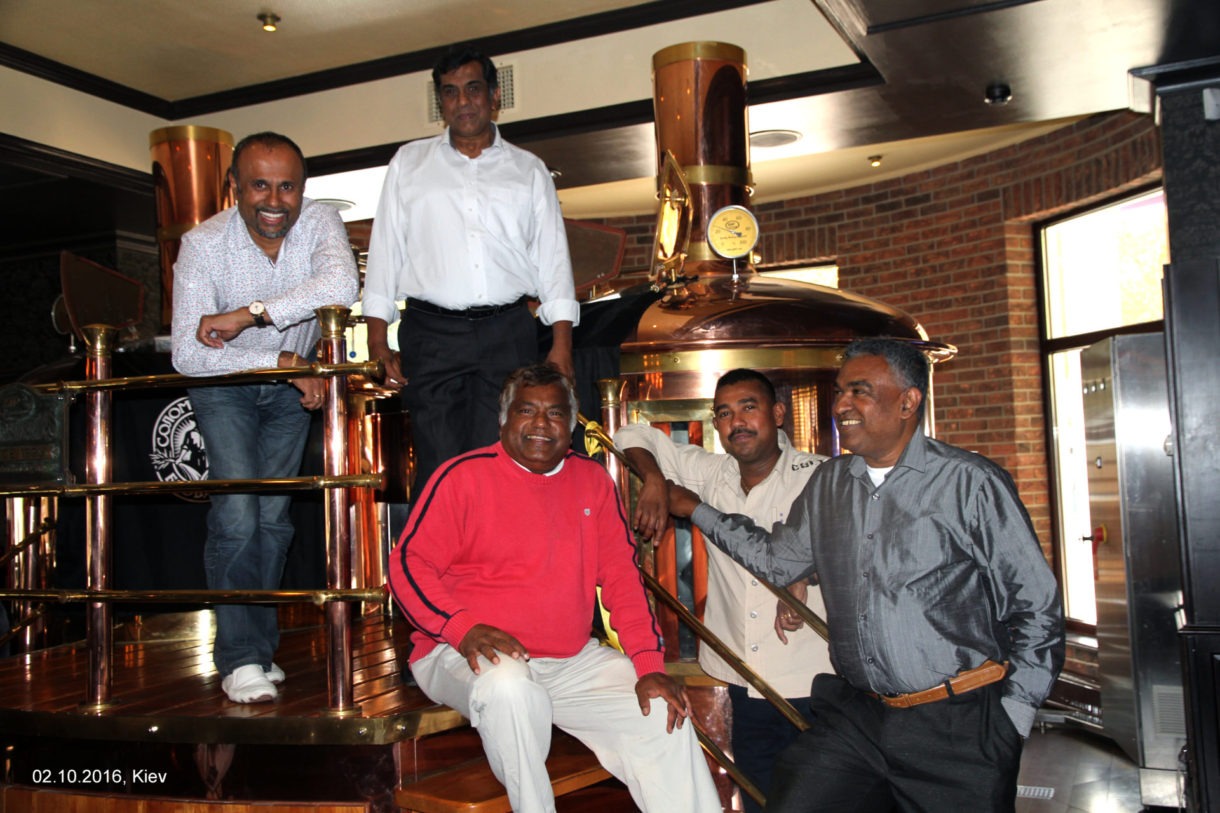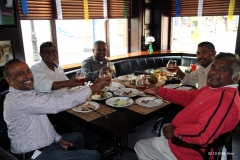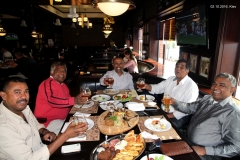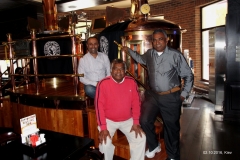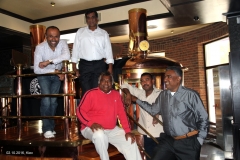
 Rodina Mat
Rodina MatAs you journey into Kyiv from the airport, at some point this giant statue of a female warrior will loom up on the horizon and make you wonder, ‘What the hell is that?’ Well, it’s Rodina Mat – literally ‘Nation’s Mother’. Inaugurated by Soviet leader Leonid Brezhnev in 1981, it was the second and last Nation’s Mother monument erected in the USSR. Today it houses the excellent Great Patriotic War Museum in its base, and has a pair of viewing platforms. The top platform is all the way up at the top of her shield at 91m, but it’s subject to weather-related closures and long lines, as the elevator can only accommodate two visitors at at time. There’s a lower platform at 36.6m, served by a separate, larger elevator.
Although initially designed by the same artist as the iconic Rodina Mat in Volgograd, this version completely lacked its sister’s appeal and became a subject of ridicule, especially when the communist authorities reduced the size of the sword so that it doesn’t rise over the cupolas of Kyevo-Pecherska Lavra. Even if you don’t like such Soviet pomposity, don’t say too much; you’d be taking on a titanium woman carrying 12 tonnes of shield and sword.
The grounds around Rodina Mat are popular for strolling and contain a number of intriguing relics of the communist era, including an eternal flame in memory of WWII victims; various old tanks, helicopters and anti-aircraft guns; and a veritable garden of Soviet realist sculpture in and around the underpass leading towards the Lavra.
Rodina Mat is an easy stroll from the Lavra, or take bus 24 or trolleybus 38 from the stop opposite Arsenalna metro.
 Kyevo-Pecherska Lavra
Kyevo-Pecherska Lavra
Tourists and Orthodox pilgrims alike flock to the Lavra, set on 28 hectares of grassy hills above the Dnipro River in Pechersk. It’s easy to see why tourists come: the monastery’s cluster of gold-domed churches is a feast for the eyes, the hoard of Scythian gold rivals that of the Hermitage, and the underground labyrinths lined with mummified monks are exotic and intriguing. For pilgrims, the rationale is much simpler: to them, this is the holiest ground in the country.



